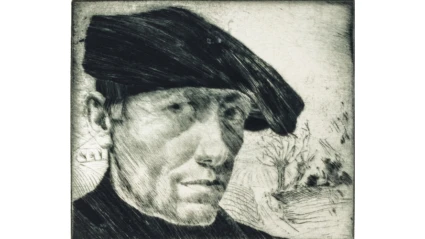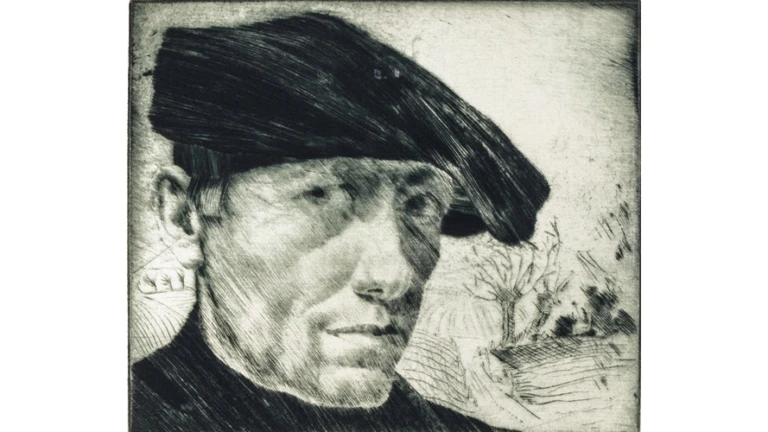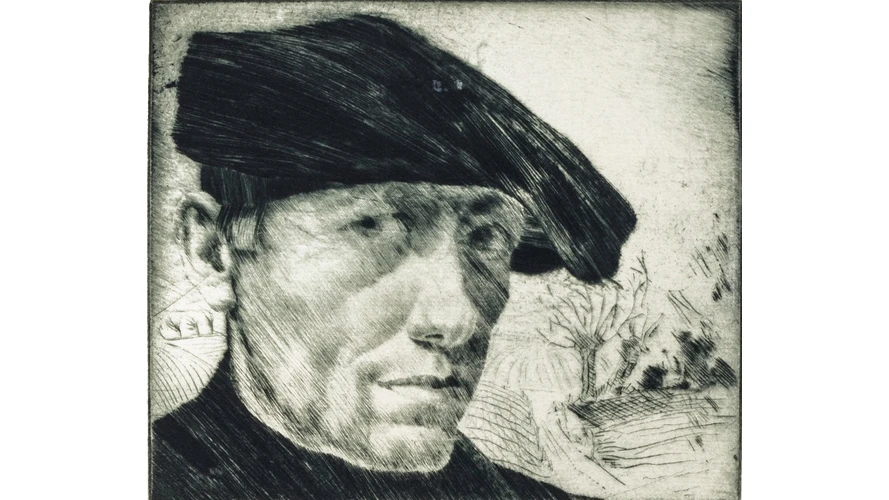Faces – portraits from Helsingborg’s museums
Throughout history, portraits have been attributed to a wide variety of expressions and uses in art, photography, sculpture, coins and medals. Despite changes in society that alter the course of people’s lives, the changing function of the portrait remains intact as a way of displaying power and status, communicating a story about the person portrayed or bringing a moment from the past into the present – in a sense (re)creating the presence of that individual. The aim of this exhibition is to provide perspective on how portraiture has been used through the ages and how it is used today.
A portrait is so much more than simply an image. It goes beyond the tangible surface, highlighting and revealing deeper characteristics and personality traits of an individual. A portrait can tell a story about a person and their background, sometimes even influencing an individual’s hopes for the future. At the same time, a portrait can be used to establish and justify relationships of power.
Commissioned portraits have long been used, and to a great extent continue to be used as a way of embellishing and enhancing the story of someone’s life. This is often apparent in the sitter’s expression and pose as well as other attributes such as clothing and objects. Even the environment used in a portrait can signify and communicate social status both in the current world and for the afterlife.
Many of the most historically renown portraits in art history have multifaceted perspectives. It may have to do with the commissioner’s intentions but might also include an underlying interpretation of an individual’s personality and their life’s work.
The exhibition Faces also seeks to investigate the time we are living in now – a global pandemic. Meeting and communicating with other people often occurs face to face. Philosophically speaking, it is precisely through this first meeting with other people that we understand our own existence. Our individual existence emerges via the interhuman relationship with others.
Furthermore, the exhibition is relevant when we consider the isolation created by lockdowns and social distancing measures during the pandemic. How does isolation affect us as individuals and how does it affect society? Perhaps the medium of the portrait can stimulate our reflections on these questions.
In the exhibition there are artworks and objects on view from the collections of Helsingborg’s museums from as early as the 1600s up until 2020 and aims to highlight the significance of the human portrait and its social history alongside its changing functions. The exhibition also tells the history of the portrait collection held by Helsingborg’s museums, taking us on a journey from the origins of the collection during the 1900s, with its first donor, right up to today. Interestingly, even the gaps in the collection are revealing as well.
Faces is a close collaboration between Kulturmagasinet/Helsingborg’s museums and Dunkers kulturhus. There are plans for a comprehensive program to accompany the exhibition, which will be communicated on a continual basis according to the measures in place due to the pandemic.






